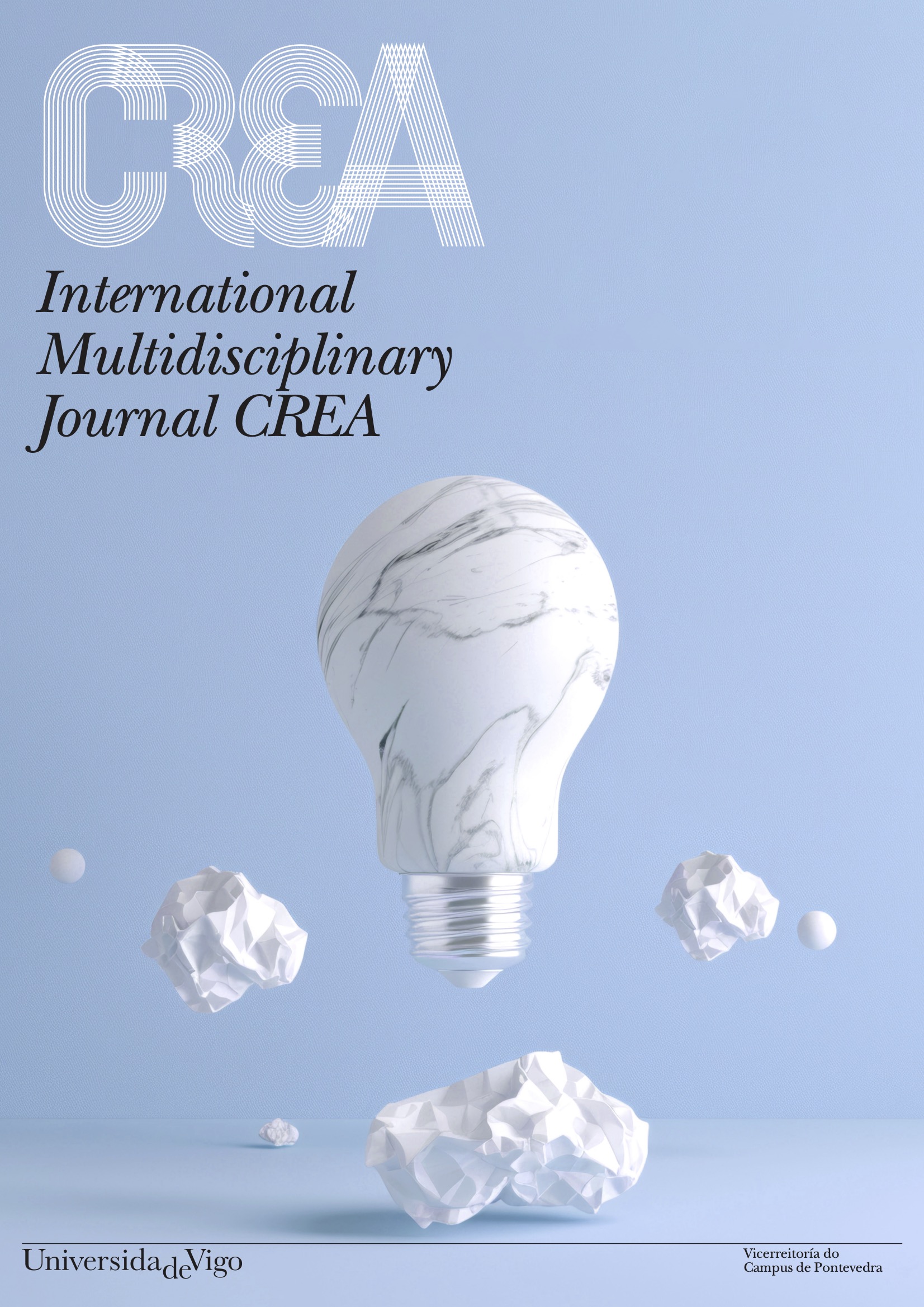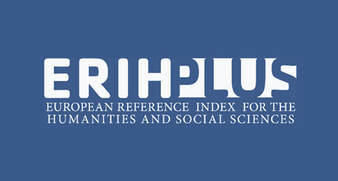Virtual reality and the teaching of geography and history
DOI:
https://doi.org/10.35869/5889Keywords:
Virtual reality, Inmersive learning, history, geography, educationAbstract
This article explores the pedagogical potential of virtual reality (VR) in the teaching of geography and history, emphasizing its ability to foster meaningful learning through immersive experiences. The initial section examines the theoretical and methodological foundations supporting the use of VR as an educational tool, considering its impact on student motivation, conceptual understanding, and the development of practical knowledge.
The core of the article focuses on a detailed analysis of various VR applications specifically designed for these disciplines. In the case of geography, the study examines experiences that allow students to explore natural, rural, or urban landscapes and spatial dynamics interactively, promoting experiential learning. In history, the analysis evaluates applications that provide historical recreations, time travel experiences, and immersive environments, enabling students to connect with past contexts and fostering a deeper understanding of historical processes.
Finally, the article reflects on the opportunities and challenges of integrating VR into teaching practices, underscoring the importance of a critical approach that evaluates not only technological advances but also their pedagogical implementation. This study aims to provide a practical resource for educators interested in incorporating virtual reality into their classrooms, highlighting its potential as an innovative teaching tool to enrich the learning of geography and history.
Downloads
References
Andrés, G., Checa, D., Saiz, M. C., & Zaparaín, M. J. (2020). Recursos tecnológicos y experiencias de aprendizaje innovadoras: nuevas técnicas para la enseñanza de la historia y el patrimonio industrial. En J. Gázquez et al. (Eds.), Innovación docente e investigación en arte y humanidades: Avanzando en el proceso de enseñanza-aprendizaje Dykinson, 1299-1313.
Bonilla, D., & Galán Fajardo, H. (2020). El cine sin encuadre: propuesta de escala de implicación narrativa en realidad virtual. Anuario Electrónico de Estudios en Comunicación Social “Disertaciones”, 13(2), 1-16. https://doi.org/10.12804/revistas.urosario.edu.co/disertaciones/a.8252
Borja Solano, M. P. (2023). La realidad virtual como estrategia para la enseñanza de las ciencias sociales. Ciencia Latina Revista Científica Multidisciplinar, 7(2), 5347-5359. https://doi.org/10.37811/cl_rcm.v7i2.5723
Carrozzino, M., & Bergamasco, M. (2010). Beyond virtual museums: Experiencing immersive virtual reality in real museums. Journal of Cultural Heritage, 11, 452-458. https://doi.org/10.1016/j.culher.2010.04.001
Checa, D., Andrés, G., Saiz, M. C., & Zaparaín, M. J. (2020). La reconstrucción de escenarios virtuales como técnica para el aprendizaje del patrimonio cultural: Experiencias didácticas en historia industrial. En J. Gázquez et al. (Eds.), Variables psicológicas y educativas para la intervención en el ámbito escolar: Nuevas realidades de análisis, Dykinson, 345-357.
Degli Innocenti, E., Geronazzo, M., Vescovi, D., Nordahl, R., Serafin, S., Ludovico, L. A., & Avanzini, F. (2019). Mobile virtual reality for musical genre learning in primary education. Computers & Education, 139, 102-117.
Fernández García, L. C. (2020). Viajes educativos inmersivos en realidad virtual. Experiencias en 360º para geografía e historia. En Conference Proceedings EDUNOVATIC 2020, REDINE, 1332-1335.
Gómez-García, G., Rodríguez-Jiménez, C., & Ramos-Navas-Parejo, M. (2019). Virtual reality in physical education area. Journal of Sport and Health Research, 11(Supl. 1), 177-186.
Li, P. P., & Chang, P. L. (2017). A study of virtual reality experience value and learning efficiency of museum-using Shihsanhang Museum as an example. En Proceedings of the 2017 IEEE International Conference on Applied System Innovation: Applied System Innovation for Modern Technology (ICASI).
López, G. A., Serrano Fernández, D., Alonso Alcalde, R., Saiz Manzanares, M. C., & Soria Cáceres, C. H. (2021). Viajar en el tiempo mediante realidad virtual: una experiencia inmersiva para la enseñanza de geografía e historia. En M. del M. Molero Jurado, Á. Martos Martínez, A. B. Barragán Martín, & M. del M. Simón Márquez (Coords.), Investigación en el ámbito escolar: Variables psicológicas y educativas (pp. 77-90). Universidad de Burgos.
Sattar, M. U., Palaniappan, S., Lokman, A., Hassan, A., Shah, N., & Riaz, Z. (2019). Effects of virtual reality training on medical students' learning motivation and competency. Pakistani Journal of Medical Sciences, 35(3), 852-857. https://doi.org/10.12669/pjms.35.3.44
Trindade, M. J., & Dos Santos, C. (2019). Virtual reality in the classroom: Geography teaching practice. Geosaberes, 10(22), 72-80. https://doi.org/10.26895/geosaberes.v10i22.81
Velasco Martínez, L., & Prada Rodríguez, J. (Coords.). (2022). Estrategias de ludificación aplicadas a la enseñanza de la historia (Colección Análisis y estudios, 41). Graó.
Downloads
Published
How to Cite
Issue
Section
License
Copyright (c) 2025 International Journal of Multidisciplinary CREA (IJMC)

This work is licensed under a Creative Commons Attribution-NonCommercial-NoDerivatives 4.0 International License.
Copyright
After the acceptance of an article, the authors will be asked to complete a Publication Agreement. Acceptance of the agreement will guarantee the widest possible dissemination of information. Under this agreement, the copyright will be transferred to the Company / Institution if the manuscript is accepted for publication. Permission from the Company / Institution is required for resale or distribution outside the institution and for all other derivative works, including compilations and translations. If extracts from other copyrighted works are included, the author (s) must obtain written permission from the owners of the copyright and credit rights of the source (s) in the article.
Rights of users
All the articles published in the magazine will be immediately and permanently accessible so that any user can read and download them. The (Re) use allowed for third parties of the published content will be defined by the following Creative Commons license: Creative Commons Attribution-Noncommercial-No Derivative Works (CC BY-NC-ND). For non-commercial purposes, allow others to distribute and copy the article. It also allows its inclusion in a collective work (such as an anthology), provided that the author (s) is cited and the article is not altered or modified.
Publication cost
The author of the accepted articles should not pay for its publication. The Society or the Institution that owns the journal finances the production costs of the manuscripts.








